In Latin America, sudden collapse of the socialist states was interpreted as a ‘victory of the market economy’ discrediting various forms of social democratic concepts. Moreover, as a result of high growth rates from 1986 onwards and substantial increase in exports, the Chilean model became increasingly attractive as evidence of the viability of new liberal theories. Since early 1990s, the Latin America showed indications of slow recovery from generalised crisis of previous years. The Plano Real, the stabilization programmes launched in July 1994 and successful on both inflation and activity level front brought Brazil’s macroeconomic performance up to the average levels of other Latin American countries. The deepening of structural reforms process in countries of the region generally followed recommendations of the so-called Washington consensus. As shown by countries which successfully surmounted the financial crises set off in late 1994 in Mexico, systemic efforts are needed to ensure that funds received can be used efficiently and that they are associated with investment in productive activity and a suitable proportion of that investment goes to the production of tradables. All this calls for foreign exchange policy, strict arrangements for prudential supervision of financial system and regulations governing capital movements of short-term nature. This series is dedicated to Raul Prebisch who underlined the dynamics of the world economy and the interdependence between the industrial countries of the North and the LDCs of the South.
Globalization, Technology and Trade in the 21 Century (In 3 Parts)
Transnationalization of ...
$123.50
$130.00

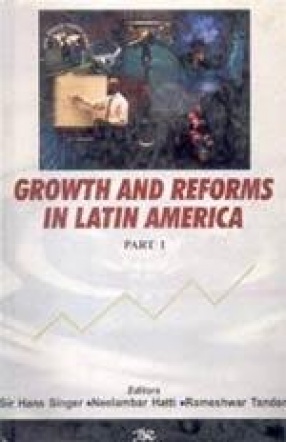
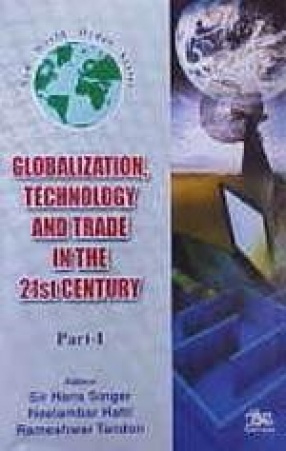

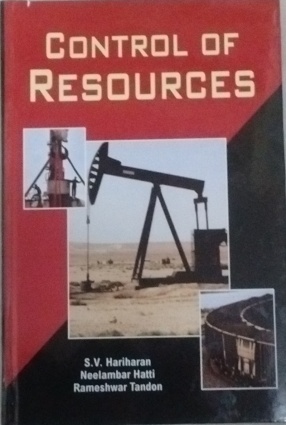
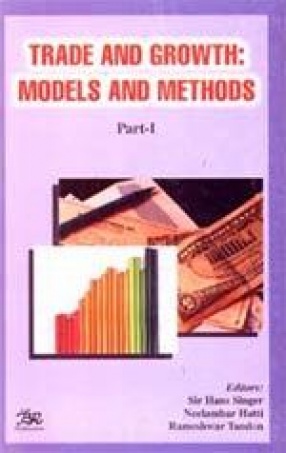

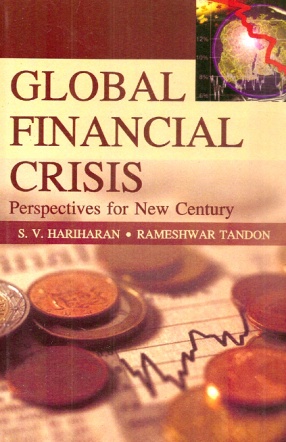


There are no reviews yet.